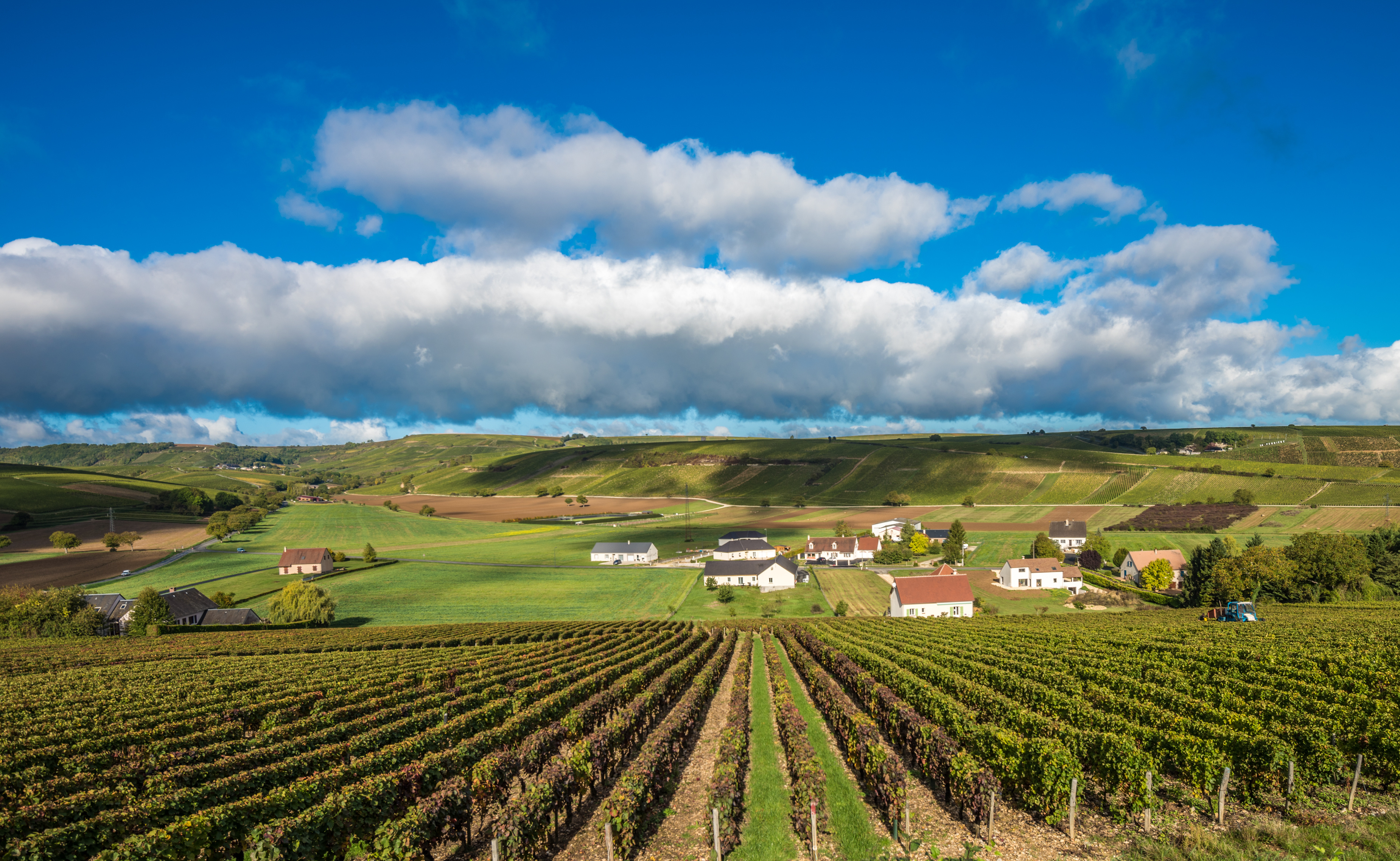And without further ado, Loire Valley.
Ok, no lie, we were holding off on writing about the Loire for as long as possible. What direction should we go? How should we present the information? What is the best way to simplify such diversity? This is not an easy region to generalize. There are some 80+ appellations designated by the AOC, and you cannot be so general or familial here as in Burgundy, Champagne, or Bordeaux with the region as a whole. Here is an area where Pinot Noir is not grown alongside Chardonnay, but Sauvignon Blanc instead. Cabernet Sauvignon is grown alongside Chenin Blanc (really, really distant cousins at the best stretch).
As well as familiar main growths, it isn’t so easy to pass over the obscure in the Loire as it is with Provence. In Provence, there is only a small land area that deals with ancient obscure grapes, whereas the Loire has main growths of some oddities like the immediately recognizable, on every store shelf: Grolleau, Pineau d’Aunis, or Romorantin (obviously we’re joking). It really forces your hand to try a few new, unrecognizable varietal wines or blends.
For all its strangeness though, the Loire Valley produces some exceptional, world class wines, most notably the Sauvignon Blancs of Sancerre and the Cabernet Francs of Chinon & Bourgueil.

As always, in an effort to find out what is in the bottle and simplify things we will be forward that this is not a comprehensive list of sub-divisions in the Loire, and we will do a post in greater detail on the breakdown of the main regions and sub-appellations in greater detail at a later date. That said, let’s break it down west to east. We will focus on the areas you will most likely see in your local shops or restaurant lists, then their respective grapes. That said, here we go:
Pays Nantais a.k.a. Région Ouest (Western Region)

- Muscadet de Sèvre-et-Maine: The vast majority of wines out of the western region will come from this appellation. The area is known for its dry, saline quality white wines that showcase freshness, yet little fruit. Wines are made from the Melon de Bourgogne grape.
Anjou-Saumur

- Anjou: Whites, sweet, and sparkling wines come from the Chenin Blanc grape. Reds and Rosés are produced from the Cabernet Franc Grape.
- Savennières: Generally fuller bodied white wine is produced here from the Chenin Blanc grape and range from dry to sweet in order of namesake, demi-sec, moelleux, and finally doux.
- Saumur: White and sparkling wines are made from Chenin blanc. Reds are made from Cabernet Franc.
- Saumur-Champigny: A more specific labeling for 8 communes close to Saumur. Reds must be a minimum of 85% Cabernet Franc blended with Cabernet Sauvignon and Pineau d’Aunis.
Touraine

- Chinon: Reds and Rosés are made from Cabernet Franc and producers can opt to include up to 10% Cabernet Sauvignon. White wine from the appellation is generally Chenin Blanc.
- Bourgueil: Wines from this region are reds produced from Cabernet Franc with up to 10% of Cabernet Sauvignon allowed. There is very, very little Rosé wine produced in this appellation.
- Vouvray: Wines are pretty much exclusively produced from Chenin Blanc. Sparkling and still wines are available from dry to late-harvest. Fun fact; Vouvray is generally the last region of France to complete harvest, sometimes picking into November.
- Touraine: Whites in this appellation are made from Chenin Blanc, Sauvignon Blanc, and Arbois. Sparkling wines can include up to 20% Chardonnay as well. Reds are produced from Cabernet Franc, Cabernet Sauvignon, Malbec (Côt), Pinot Noir, Pinot Meunier, Pinot Gris, Pineau d’Aunis, and Gamay. The reds are known to be full flavored and tannic in style.
- Cheverny: Whites from this appellation are made largely from Sauvignon Blanc (up to 80%) blended with Arbois, Chenin Blanc, and/or Chardonnay. Reds are From Gamay (up to 65%) blended with Pinot Noir. The final 15% of a red blend can be composed of Malbec (Côt) and Cabernet Franc.
Centre (Central Vineyards)

- Sancerre: Whites are produced from Sauvignon Blanc. Reds are made from Pinot Noir. But let’s be honest, you aren’t buying Sancerre for Pinot Noir, nor is anyone else, Sauvignon Blanc is the king of Sancerre in production and sales.
- Pouilly Fumé: Sauvignon Blanc. Easy.
- Reuilly: Whites are produced from Sauvignon Blanc, reds from Pinot Noir, and Rosé from Pinot Noir and Pinot Gris.

Again, there is so much more to the Loire Valley than this short, but notable list. We highly recommend exploring a bit more via the internet or if you have a local, hyper-geeked out wine shop/local French restaurant specializing in the lesser known French wine regions, you may find yourself some treasures either for dinner or your collection. Always consult your Somm on the varietals for the region, as they should be aware and assist guiding you through the 80+ AOC region that is the Loire Valley.
Understanding AOC Series:

